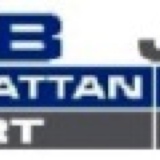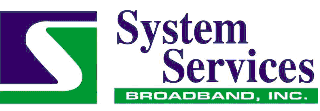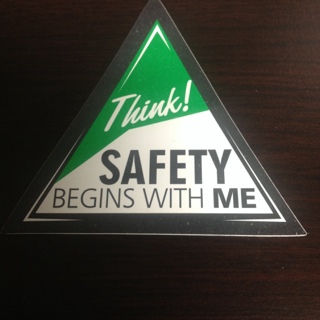Information
-
Job Hazard Analysis
-
Job Ref Number
-
Client Name
-
Conducted on
-
Prepared by
-
Location
-
Personnel
-
Add media
Risks and hazards to consider before leaving for the job
-
Will I be working alone?
-
If so do I have the means to communicate with others?
-
Are site specific SWMS available?
-
Will weather conditions impact on any aspect of the job?
-
What protective clothing might I require?
-
What tools / materials might I require?
-
Is it known whether asbestos is apparent on site?
Risks and Hazards to consider before commencing work whilst on site
-
What are the main hazards and risk factors of the task? Please answer as below.
-
General - refer to control checklist
-
Confined spaces - refer to control checklist
-
Working at heights > 3m - refer to control checklist
-
Asbestos on site - refer to control checklist
-
Trenches - refer to control checklist
-
Hot work - refer to control checklist
Control check lists
-
General
-
Do you have a clear understanding of your task?
-
Are you trained and competent to carry out your task?
-
Isolation - all energy (Electrical, air, water, spring, hydraulic)
-
Signs in place, is area isolated and you have a tidy work area
-
Is there a written SWMS available on site?
-
Notify others if your work impacts on them
-
Identify ergonomic / manual handling issues.
-
Are tools and PPE appropriate and in good condition?
-
Check Chem-alert for all chemicals hazardous / biological.
-
Locate services.
-
Is site clean and tidy and clear of hazards?
-
Confined spaces
-
Refer to SWMS or perform a risk assessment.
-
Do you have an observer assigned?
-
Communication systems in place?
-
Check Chem-alert for all chemicals.
-
Mechanical ventilation / locale exhaust.
-
Equipment power isolation in place.
-
Rescue methods considered.
-
Use hazardous work permit for high risk.
-
Height work
-
External faces, edges barricaded.
-
Work surface firm no holes.
-
Roof, floor checked for integrity.
-
Appropriate fall protection and anchorage.
-
Ladder work as per SWMS.
-
Barriers and platforms meet standards.
-
Evidence of Abestos
-
Notify principal contractor and or customer immediately.
-
Deal with asbestos as per SWMS.
-
Wear appropriate PPE.
-
Use hazardous work permit.
-
Hot work.
-
Fire fighting equipment identified.
-
Remove all flammable materials.
-
Cover / wet down all combustible materials.
-
Place fire resistant sheets where necessary.
-
Check above and below work area.
-
Check on opposite side of bulkhead.
-
Provide a fire watch (during and after work).
-
Use hazardous work permit.
-
Work Environment Check
-
Access.
-
Air quality.
-
Temperature extremes.
-
Lighting.
-
Guarding.
-
Open trenches (follow SWMS).
-
Trenches
-
1.5m or over - complete work method statement.
-
Uneven ground.
-
Soil moving.
-
Public safety.
Please complete task analysis below:
-
What are the tasks basic steps? (Including all tools, equipment, parts, PPE that is required for the tasks)
-
What are the hazards? (Use the list of hazards as a guide to assist in identifying risks)
-
What preventative actions or controls have been put into place?
-
Are you sure it's safe to proceed with the job?
-
Should I now form a SWMS?
-
Upon completion has the site area been left clean and tidy?











